The New York Community That Welcomed 1,000 WWII Refugees
Fort Ontario in Oswego became a safe haven for families fleeing Europe.

In many ways, Oswego, New York, located on the shore of Lake Ontario near the Canadian border, feels quintessentially American: the residential streets lined with tall houses with wooden siding, the yards wide and green. There is a movie theater downtown, a bookstore, a weekly farmer’s market. The winters can be harsh, but the sunsets are breathtaking, and during the summer families flock to the rock beaches to enjoy ice cream and hot dogs smothered with chili.
In 1944, when Oswego was selected by the U.S. government to shelter refugees from Europe, it was chosen not for its Americana but for its practicality. Oswego’s Fort Ontario—which had been established by the British in 1759 and used throughout the Revolutionary War, the French and Indian War, and the War of 1812—had since been deactivated. Given that the fort had been an important part of the local economy, the townspeople were fighting to have it reopened just as President Roosevelt issued his invitation for 1,000 World War II refugees to come to America. It was kismet.
In the end, 982 refugees made the trip from Bari, Italy to Oswego’s Fort Ontario Emergency Refugee Shelter. From above, the fort is shaped like a five-pointed star, surrounded by verdant grass and closely bordered by Lake Ontario. From inside, it more closely resembles a cozy village, if it was usual for a village to have barracks, guardhouses, and a powder magazine surrounding a circular courtyard instead of houses and stores.
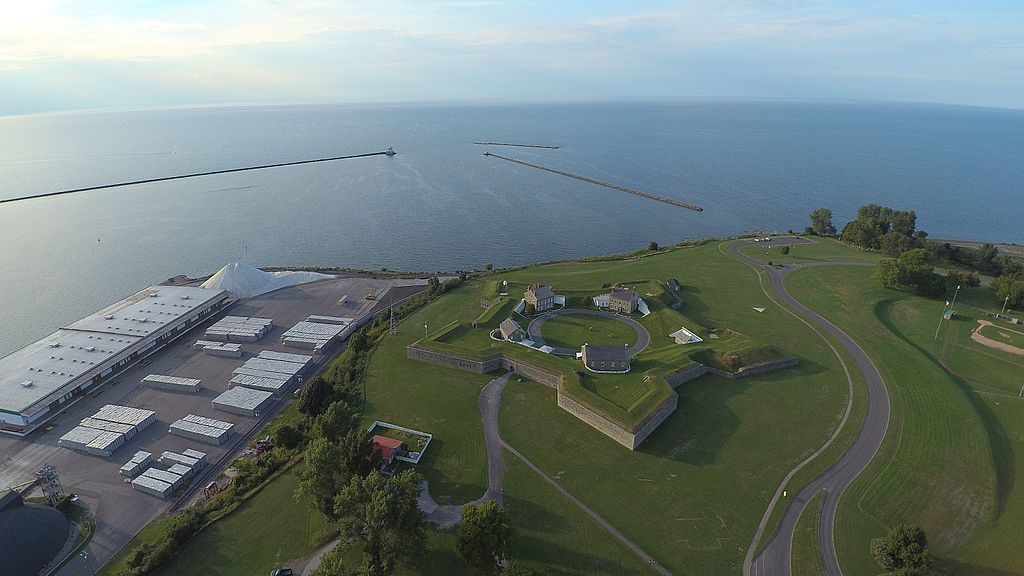
Upon arrival, the refugees also couldn’t fail to notice the fence around the fort, which surrounded them on all sides. Refugee Alfred Rosenthal, who was 12 years old when he got to Fort Ontario, recounts seeing it for the first time: “I remember that a lot of—not so much the children, but the adults—were kind of shocked because it was reminiscent of what they had just left.”
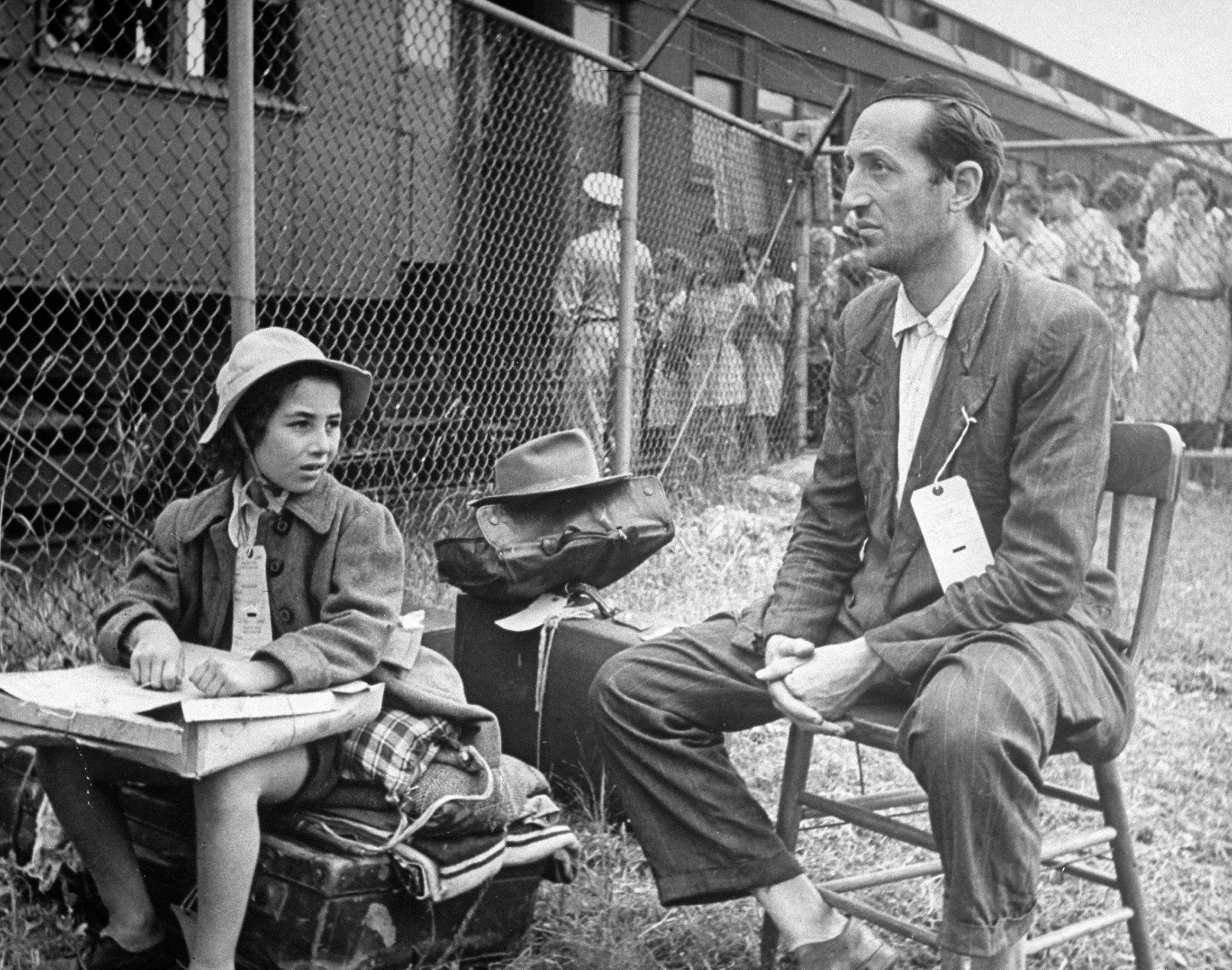
Rosenthal, his mother, and his sister—his remaining immediate family after his father was killed in the Holocaust—had made their way to Oswego through a combination of struggle, perseverance, and luck. The family had been taken to a concentration camp in Yugoslavia and held until they could be shipped off to Germany. One night, the Nazis hosted a celebration at the camp’s headquarters, and the guard got drunk and fell asleep. There was a door that separated the main camp from the building where the bathrooms were housed, and the guard had forgotten to latch the chain.
“Several brave souls,” Rosenthal says, “including my mother, God bless her, took me and my sister and we actually, with a number of other people, very quietly escaped from that concentration camp.”
There was a curfew, however, and every second that the family spent on the streets made them more conspicuous. Rosenthal’s mother knocked on friends’ doors, hoping they would take her family in, but the Nazis had already made examples of people who sheltered Jews. Nobody was willing to take the chance.
“And at the end of the search,” Rosenthal says, “my mother said, well, there’s only one person left that we can go to and he’ll either turn us in or help us.” The man was a former colleague of Rosenthal’s father, and rumored to be a sympathizer of Fascism. But when Rosenthal’s mother went to his home, “he miraculously opened his door.”
It was through that connection that Rosenthal’s family was ultimately smuggled out of the country by the Yugoslav Partisans, an anti-Nazi resistance group led by Josip Tito and the Communist party of Yugoslavia.
Through the Partisans’ efforts, Rosenthal and his family landed in Bari, and were taken to a holding camp created by Allied forces. “My mother found out that a group of a thousand neediest refugees were being rounded up to go to America,” Rosenthal says, “so she made an immediate application, and of course having just gotten fresh out of that Holocaust horror, were were accepted as part of the thousand people to go.”
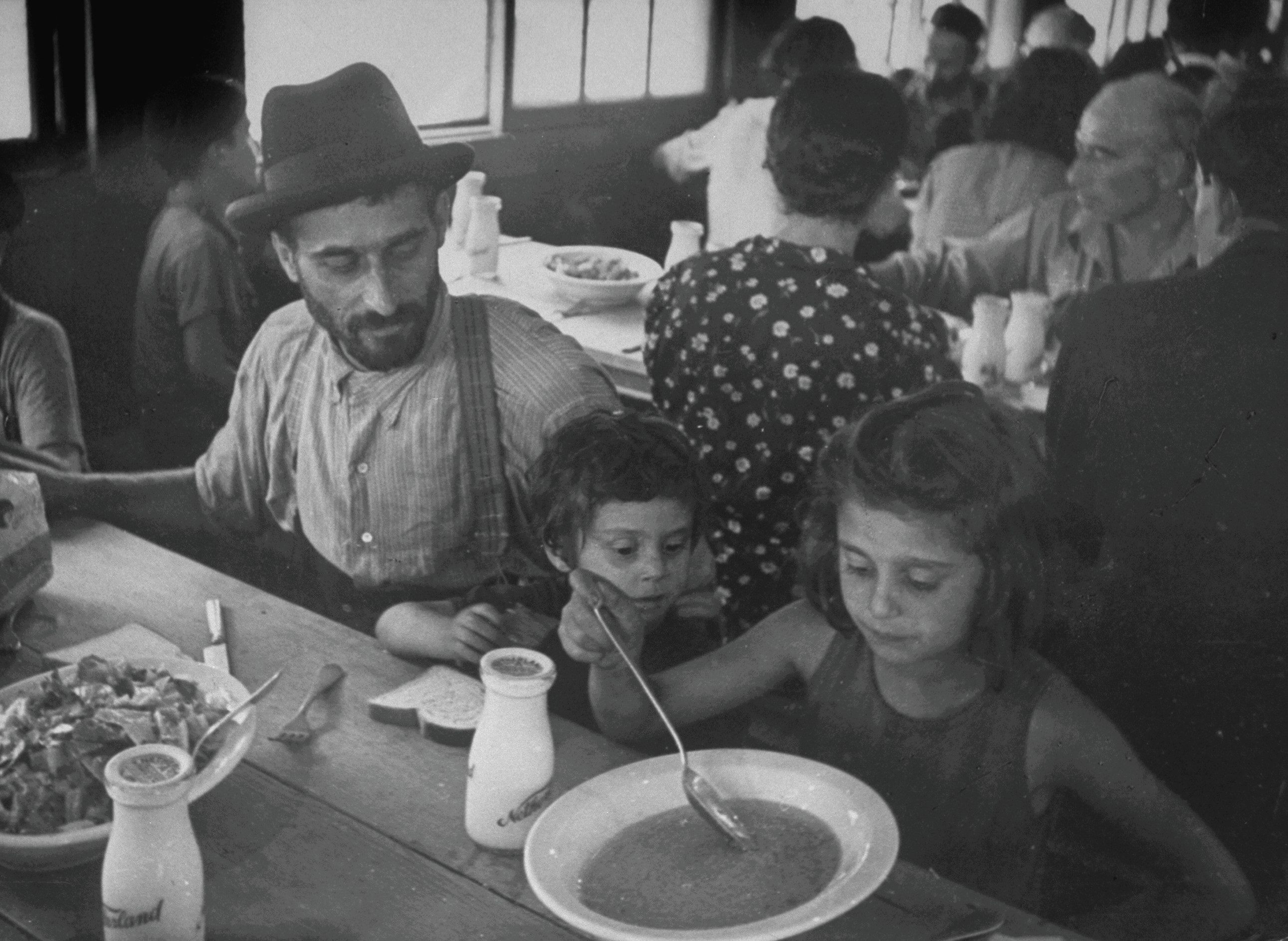
The refugees represented 18 different countries, ranging in age from a newborn baby to an 80-year-old man. Many were family groups like Rosenthal’s. They boarded an Army transport ship, the Henry Gibbins, where they would travel for two weeks as part of a convoy across the Atlantic Ocean. The journey was precarious, and took longer than it should have due to the need for stealth as Nazi planes patrolled the skies. But it could also be joyful, led by the intrepid Ruth Gruber, a journalist and Special Assistant to the Secretary of the Interior who had been appointed the refugees’ guide.
After that harrowing journey, the Henry Gibbins finally docked in New York. “Because we were in a heat wave there, I was wearing shorts and a polo shirt or t-shirt and sneakers that we had been given,” says Rosenthal. “That was my possessions as I entered the United States.”
Although they were officially “guests” of the country, the refugees’ first glimpse of freedom was a qualified one. They were placed under quarantine, which meant that they were not allowed to leave Fort Ontario, nor were visitors allowed to come in. And meanwhile, there was that fence, reminding them of everything they had just left.
“People from Oswego totally, totally lined up at the fence,” Rosenthal says. “It was an open-wire fence to the extent that you could put two, three fingers through each hole and we would actually touch each other and say an official hello.”
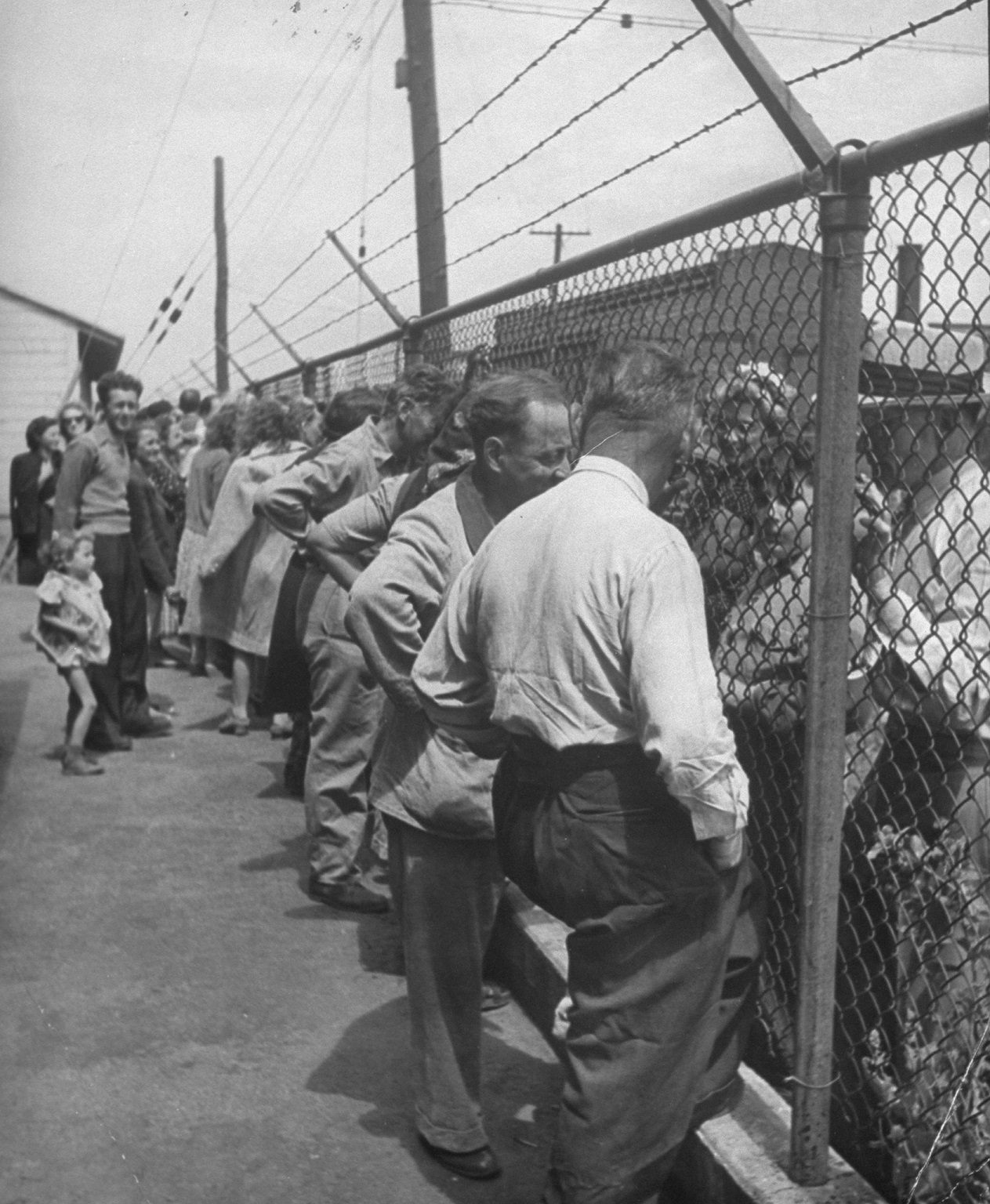
A new school year began shortly after the refugees’ arrival, and one of the first organized efforts from the residents and advisors at the shelter was to get the children enrolled. Rosenthal recalls spending both his seventh- and eighth-grade years at a local middle school, which was part of SUNY Oswego’s teaching college.
Eventually, the restrictions at the fort were lightened, and the refugees were able to sign out with a pass and explore the city. “We wanted to go to Woolworth’s five-and-ten and all the American kind of things that we had not seen in the homeland,” Rosenthal says. “Wherever we met any Oswegoans, they could not have been any more welcoming or more gracious. My memories of Oswego are absolutely terrific.”
As the war was ending, however, the joy at seeing the fall of the Nazis was tempered by anxiety about what was to come next. One condition of the refugees being invited to the States in the first place, after all, was that they signed a document saying that they understood they were to return to their countries of origin when the war was over. But for many of them, including Rosenthal, there was nothing to return to.
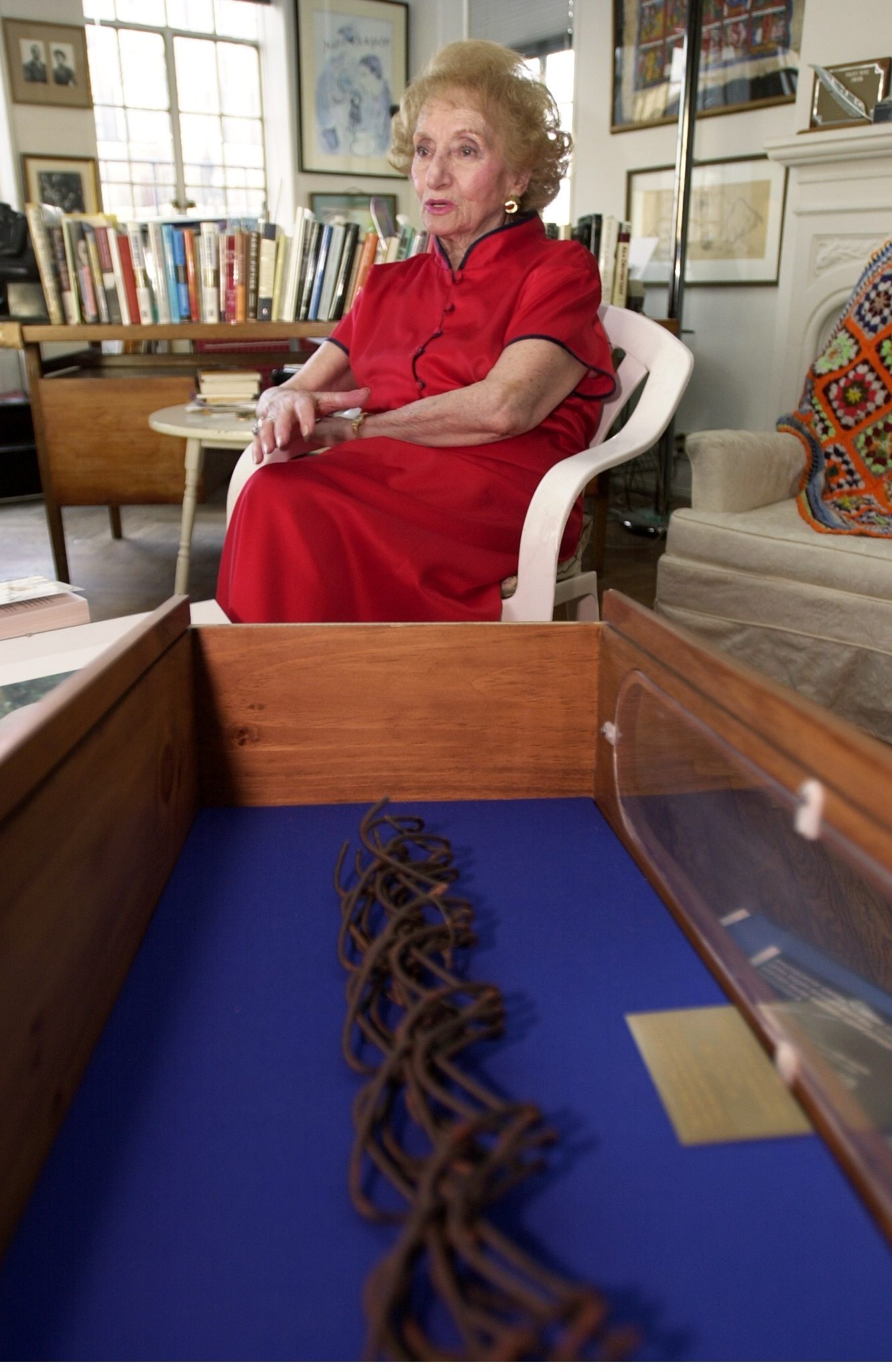
“Many organizations in various states offered to take displaced families and care for them and get them started in a new life,” Rosenthal says. “In fact, I remember at the time they came to visit the camp and make offers in person, and I remember Texas—I think it was the Dallas area—came up and said they wanted to take up to 20 people and care for them.”
It would be President Truman—having been sworn in after the death of Roosevelt in April 1945—who would eventually decree that the refugees could stay. To make it official, they were bussed across the Rainbow Bridge to Niagara Falls, Canada, where immigration officers presented them with the necessary papers, and then were bussed back to Fort Ontario, where they were officially admitted to the United States.
The tight-knit group from Fort Ontario, which became known as “Safe Haven,” went their separate ways at that point. Rosenthal and his family settled with a relative in Brooklyn. Some did return to their homelands, or go abroad, but many stayed and started lives in the States, scattered from coast to coast but connected by their shared experience.
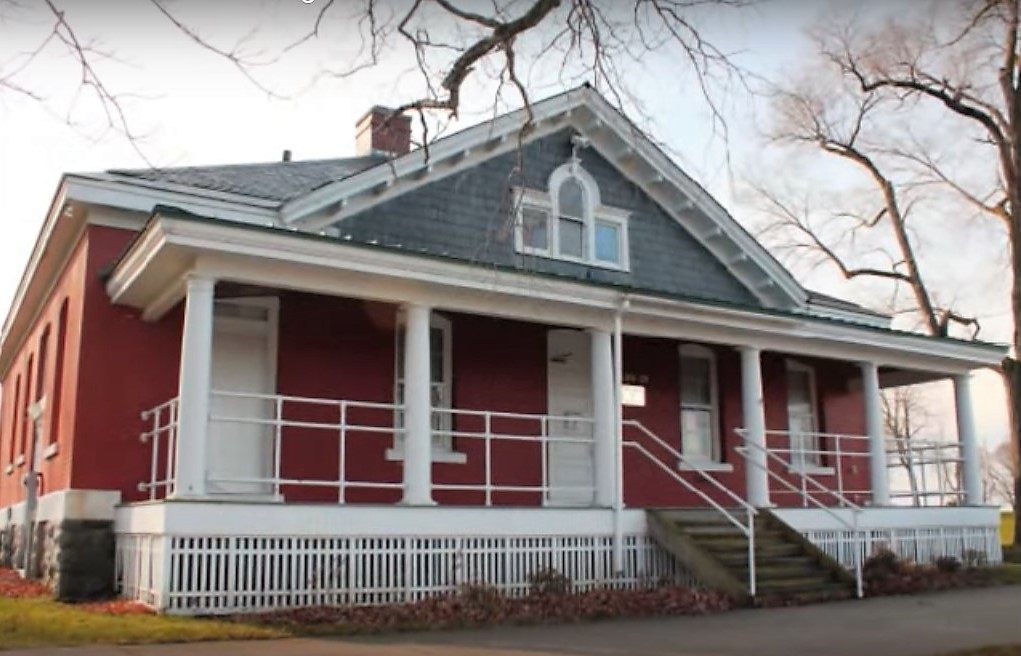
The fort itself is now a historic site and museum, celebrated as much for those 18 months it served as a shelter for Holocaust refugees as for the centuries of military service. What makes the story of Oswego special is not how extraordinary the city was in response to the refugees, but how ordinary. Its residents pushed their fingers through the fence and opened their arms to residents from halfway across the world, fleeing persecution.
There is no telling how many other cities across America might have done the same, had they been given the chance.












Follow us on Twitter to get the latest on the world's hidden wonders.
Like us on Facebook to get the latest on the world's hidden wonders.
Follow us on Twitter Like us on Facebook